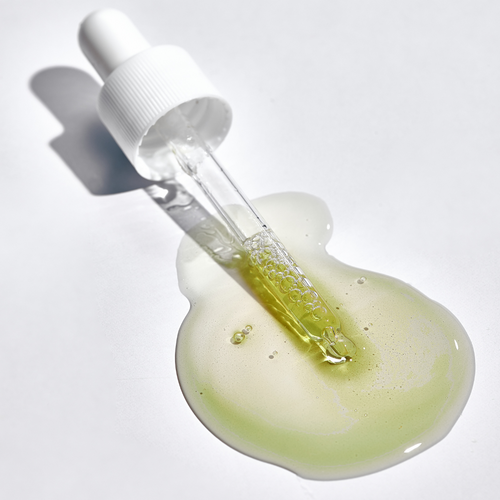Part of our job is guiding and educating clients. One topic that's become a common point of discussion are ingredients. Today’s consumers are more ingredient-conscious than ever, armed with Google searches, TikTok advice, and a growing interest in what goes into their products. They’re asking tough questions: “Are there harmful chemicals in this?” “What does ‘fragrance’ really mean?” “Is this ingredient safe for my skin?” While these questions can feel intimidating, they present an opportunity to build trust, educate, and empower our clients.
The first step in navigating these conversations is recognizing that many clients have genuine concerns, often rooted in misinformation or fear-mongering online. Terms like “chemical-free” or “toxic ingredients” have become marketing buzzwords, contributing to a widespread misunderstanding of the term “chemical.” It’s important to explain that everything, from water to vitamin C, is a chemical. The distinction lies in how a substance interacts with the skin, its concentration, and whether it’s been formulated for safety and efficacy.
When clients express ingredient concerns, listen without judgment. For example, if someone says, “I want to avoid all preservatives,” resist the urge to dismiss their concern outright. Instead, acknowledge their perspective and use it as a teaching moment. You might say, “I understand why you’re cautious—preservatives have gotten a lot of attention. In skincare, they’re used in small, regulated amounts. It's what keeps our products safe from harmful bacteria." This approach validates their feelings while gently introducing a more balanced view.
One of the best ways to address ingredient-savvy clients is to stay informed yourself. Keep up with current research, regulatory updates, and trends in the industry. Familiarize yourself with the Environmental Working Group (EWG) and the Cosmetic Ingredient Review (CIR), whether you agree with them or not, as clients may reference these sources. You may also want to share that many organizations like EGW take donations from large corporations like P+G. By being a well-informed, you’ll be able to address their concerns confidently and accurately.
Transparency is also key. Walk your clients through product formulations when possible. Discuss not just what an ingredient is, but why it’s included. For instance, explain that hyaluronic acid is a humectant that hydrates by attracting water, or that niacinamide helps regulate oil production and strengthens the skin barrier. Breaking down the function of ingredients demystifies them and helps clients feel more in control of their choices.
Additionally, this is a chance to dispel the myth that “natural” always equals better. Explain that natural ingredients, while wonderful in many cases, aren’t inherently safer or more effective than synthetic ones. Poison ivy is natural, after all, but no one wants it in their skincare routine. Similarly, many synthetic ingredients are designed to be purer, more stable, and less irritating than their natural counterparts. Sharing this perspective can help clients develop a more nuanced understanding of product formulations.
Another growing trend among clients is the desire to avoid “fragrance.” Here, it’s important to clarify that “fragrance” can encompass everything from essential oils to synthetic compounds. While some individuals may genuinely need to avoid fragrance due to sensitivity, many clients simply hear the term and assume it’s harmful. If they’re adamant about avoiding it, suggest fragrance-free options tailored to their concerns.
Finally, empower your clients to make decisions that align with their values without fear. Whether they prioritize sustainability, vegan formulations, or avoiding certain preservatives, the goal is to meet them where they are. Share your knowledge, offer alternatives, and always center the conversation around what’s best for their unique skin. By showing that you respect their concerns and are dedicated to their well-being, you’ll build trust and position yourself as their trusted skincare expert.
Navigating ingredient-conscious clients is part of the evolving role of estheticians. With empathy, knowledge, and open communication, you can turn these potentially challenging conversations into opportunities to strengthen your client relationships and enhance their skincare journey.




Comment
Great article!! Thanks for sharing!